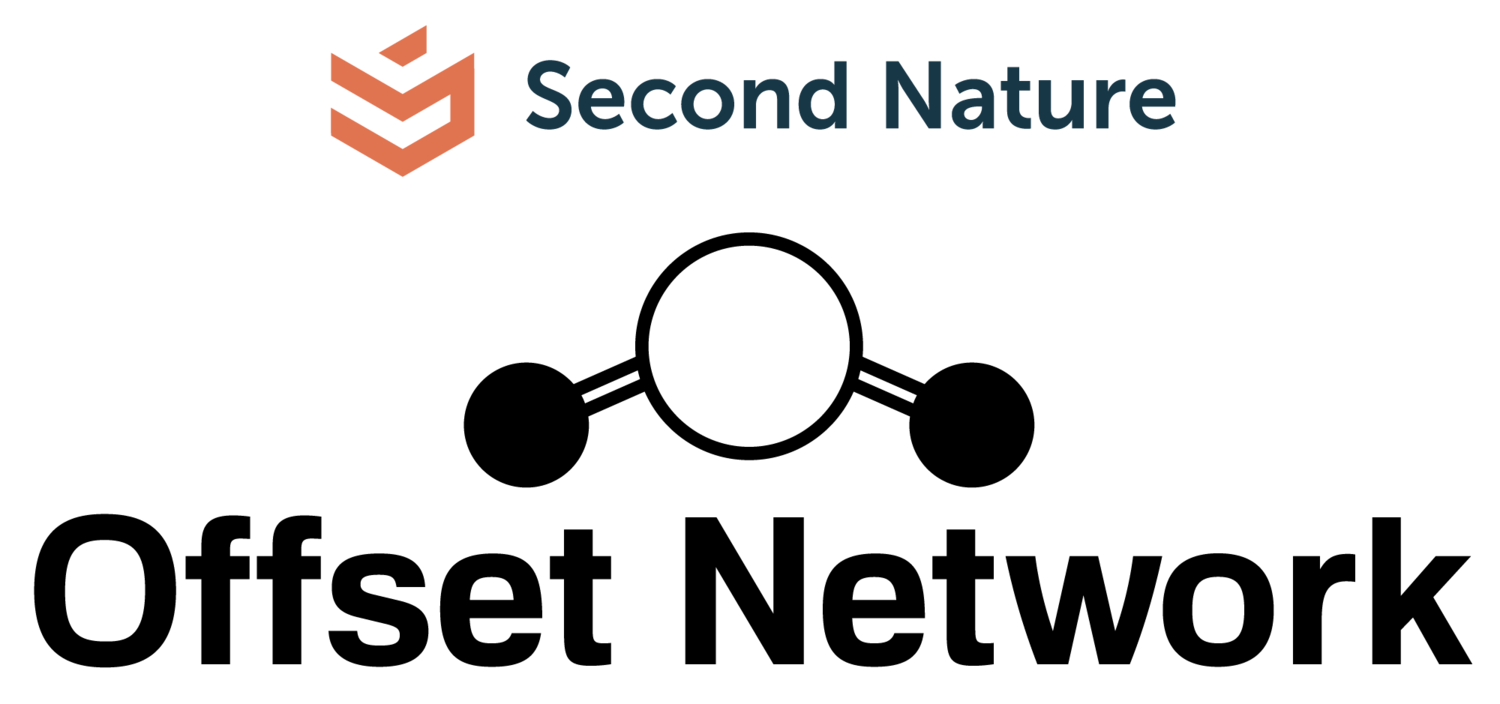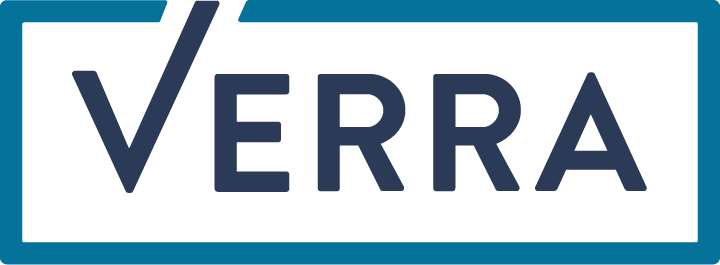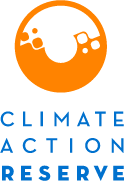Please Note: The Offset Network will be shifting to Project Type Focus Initiatives effective fall 2023. This means our resources will be directed toward project development of specific carbon offset project types for dedicated periods of time. Our first focus initiative is Improved Forest Management (IFM). Campuses interested in IFM project development or protocol work are invited to participate. Click here for more information.
Existing Protocols
START HERE:
The Offset Network encourages the use of previously created and approved protocols to decrease the implementer's workload and increase the speed of project development.
Email mleigh@secondnature.org for more information.
Approved GHG Market or Program Protocols
The GHG programs below are the first places to search for the appropriate protocol for your project. Searching across different GHG programs, you will likely come across multiple protocols that have different requirements for the same project type. Deciding which protocol to apply is an important decision, as the protocol chosen will guide the entirety of your project. It is recommended that you review all the existing protocols for your project type before selecting one. Select the protocol that you can follow given your organization's resources and capabilities, while maintaining the highest standards feasible for project accounting.
If none of the approved GHG program protocols cover your project type, or can be fulfilled given your organization's resource availability/internal capacity, then it may be appropriate to use a protocol developed by a peer institution, or create your own. Note that your project idea should meet the principles of a high-quality offset in order to be considered for developing a new offset protocol. All new offset protocols must undergo protocol review to be approved for use through the Offset Network.
Approved Offset Network Protocols
The protocols below have completed technical review through the Offset Network's new Protocol Review Process:
Protocols in Development
The following are carbon sequestration and emission reduction activities that may be developed into protocols. Colleges and universities that are interested in pursuing any of these ideas are welcome to do so, and should reach out to the Executive Committee. Project developers should not be constrained by the activities listed here. The Offset Network encourages schools to be innovative regarding carbon sequestration and emission reduction activities that could result in robust carbon offsets, and to utilize their technical expertise to create new types of carbon offset protocols.
Rotational Pasture Management:
Improved land management is a crucial component of climate change mitigation. There is potential for agriculture, representing 13.5% of global GHG emissions, to cut its emissions and store additional CO2 in soil. The Southeast region, unlike the feedlot scenarios dominant within the top 5 cattle producing states, is typified by smaller pasture based cattle operations and represents ~20% of the national herd. By targeting pastured cattle, solutions can prioritize equity by supporting small scale graziers in the Southeast. Small-scale systems are more adaptable, while support for graziers assists rural economic development and resilience-building for the impacts of climate change. Currently, a multidisciplinary team of students, faculty, and staff from Duke University and NC State University are collaborating with small-scale cattle farmers and the NC Extension Service in a year-long project to understand best management practices' (BMP) effect on soil carbon and soil quality. The ultimate goal of this project is to create a carbon offset protocol that lowers barriers of entry to farmers and increases the use of these BMPs.
Agroforestry:
Agroforestry is recognized as a more efficient way to use land resources; these practices allow for the management of trees alongside either agricultural food or animal production. Additionally, agroforestry may provide more socially, economically and environmentally beneficial outcomes than other land uses or just forestry or crop/ pasture management alone. The World Resources Institute (WRI) 20 x 20 Initiative is facilitating the planting of 20 million hectares of degraded land in Latin America and the Caribbean by 2020, in which agroforestry will play an important role. Currently, three partners of the World Resource Institute (WRI) Initiative 20x20 are implementing cacao agroforestry projects in the buffer zones of protected areas in Peru: Althelia/AIDER, Canopy/Ecotierra, and Alianza Cacao Peru. The returns from these projects come from either cacao sales or carbon offsets from avoided deforestation in the protected area, or both. However, carbon sequestered through cacao agroforestry systems is not yet being quantified at all or is being done in ways that cannot generate market-ready carbon offsets.
Photo Credit: WRI 20x20 Initiative, Alianza Cacao
RESIdential energy efficiency and afforestation:
These protocols were developed by institutions that are members of the Offset Network, but have not gone through the Protocol Review Process.












